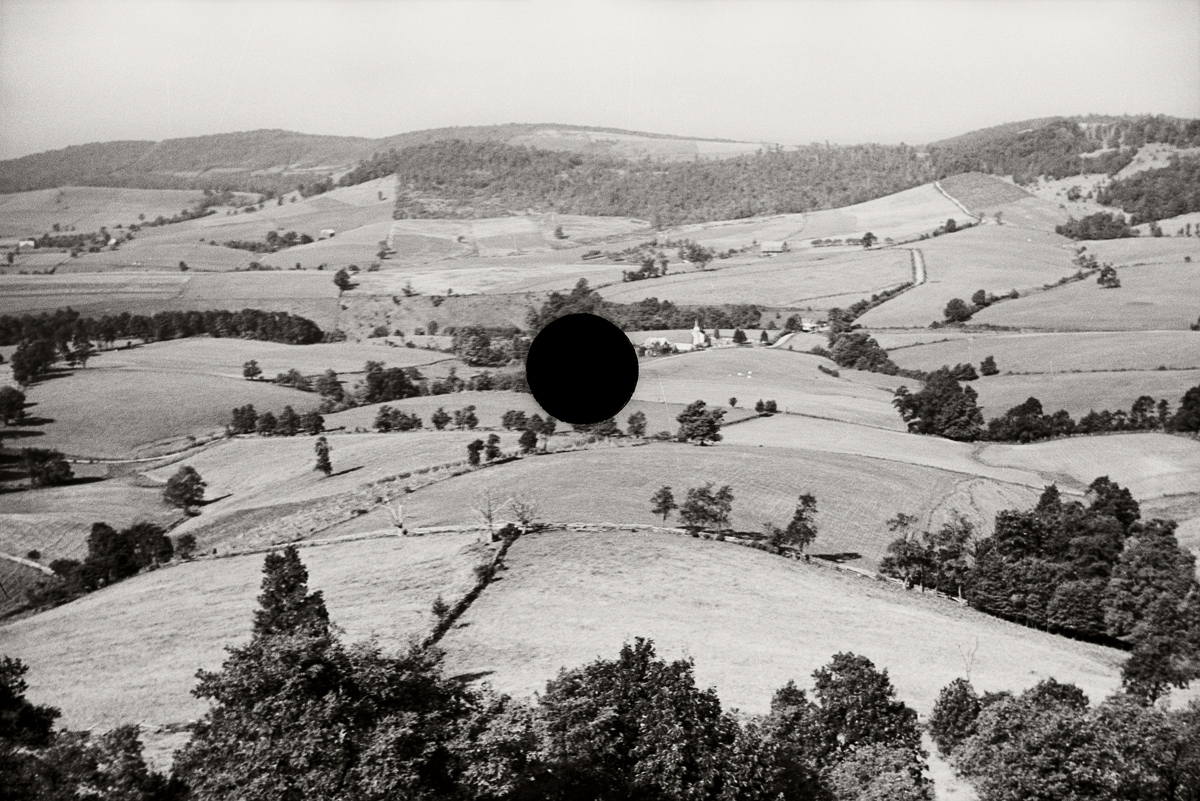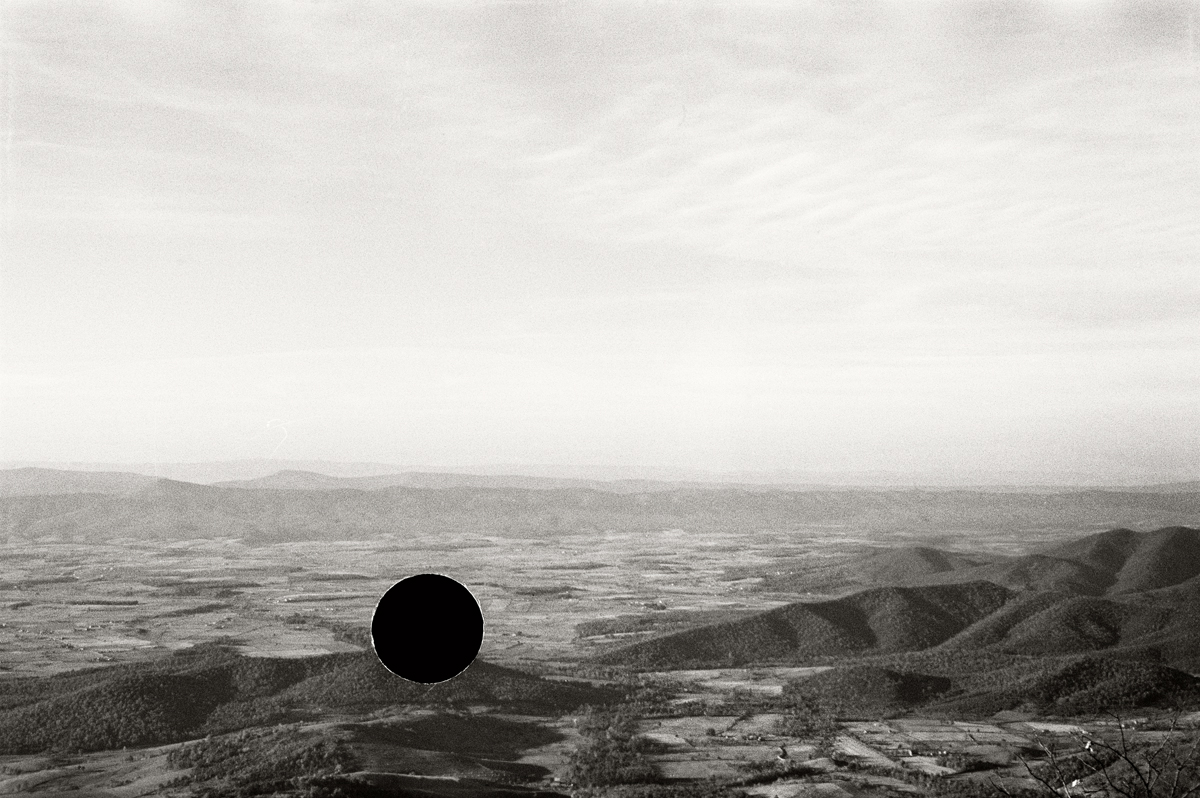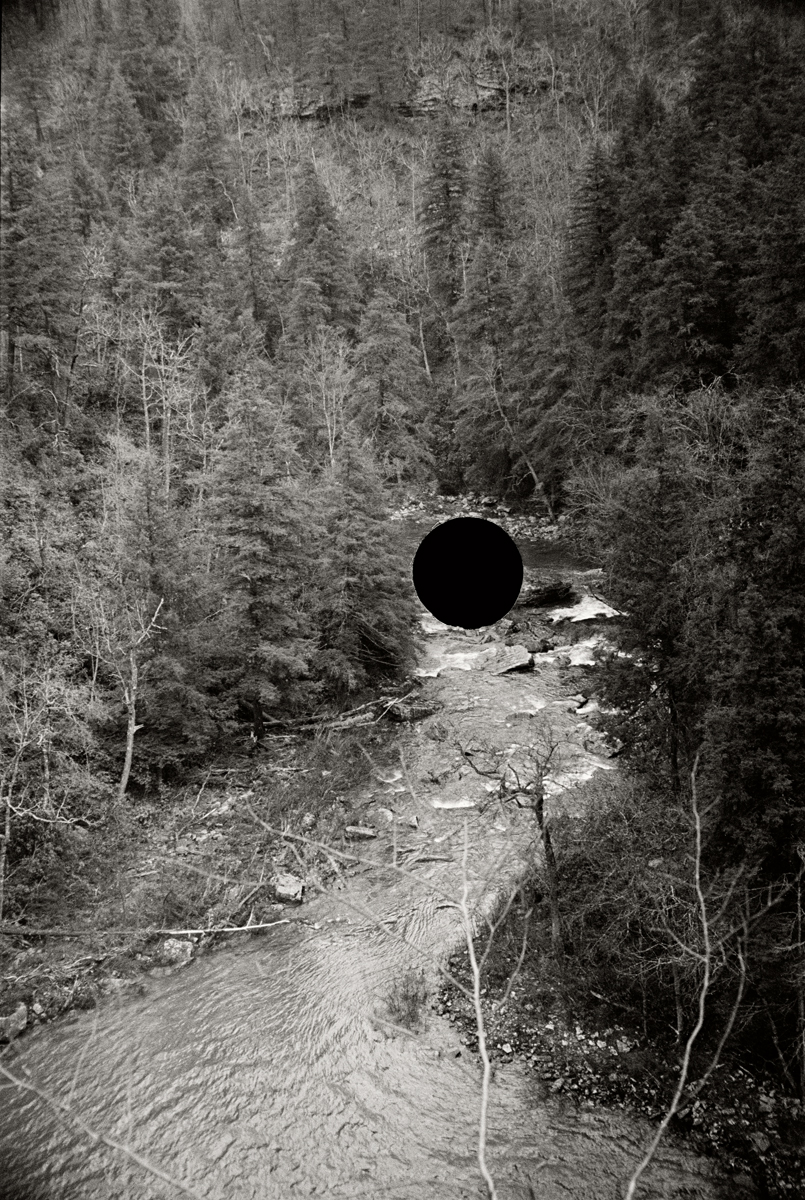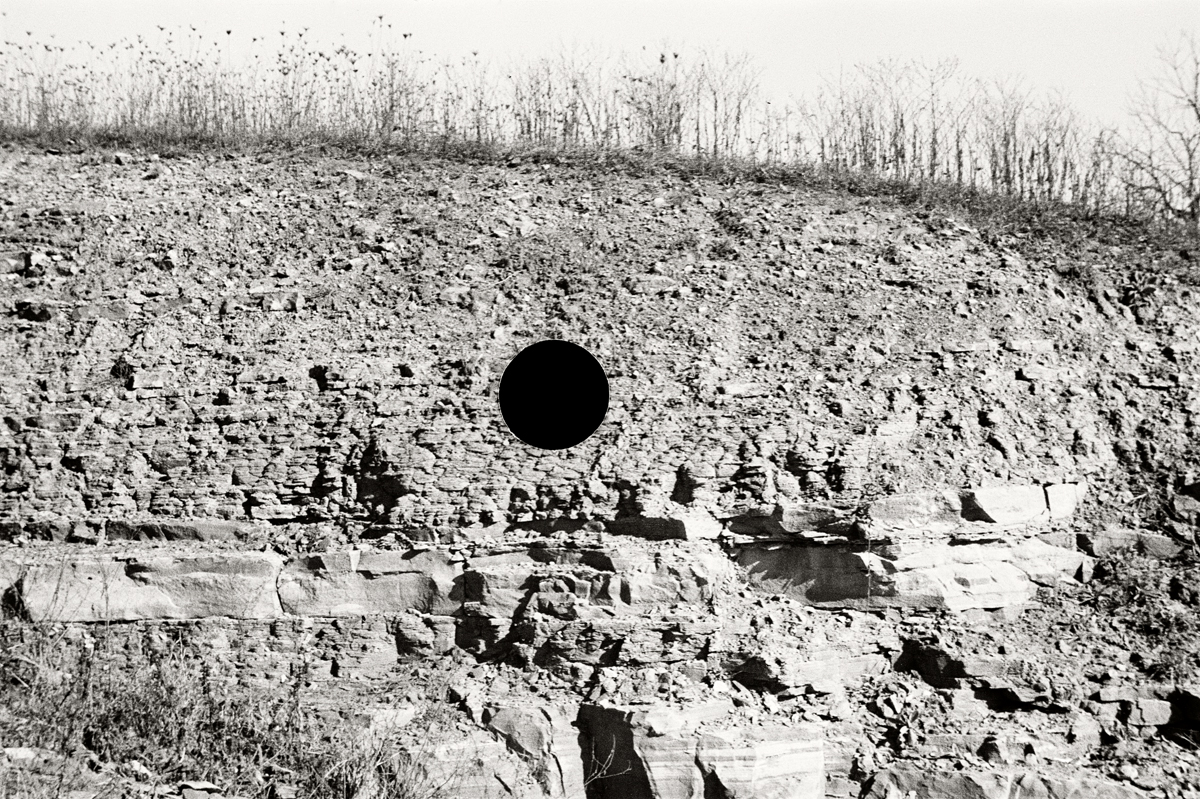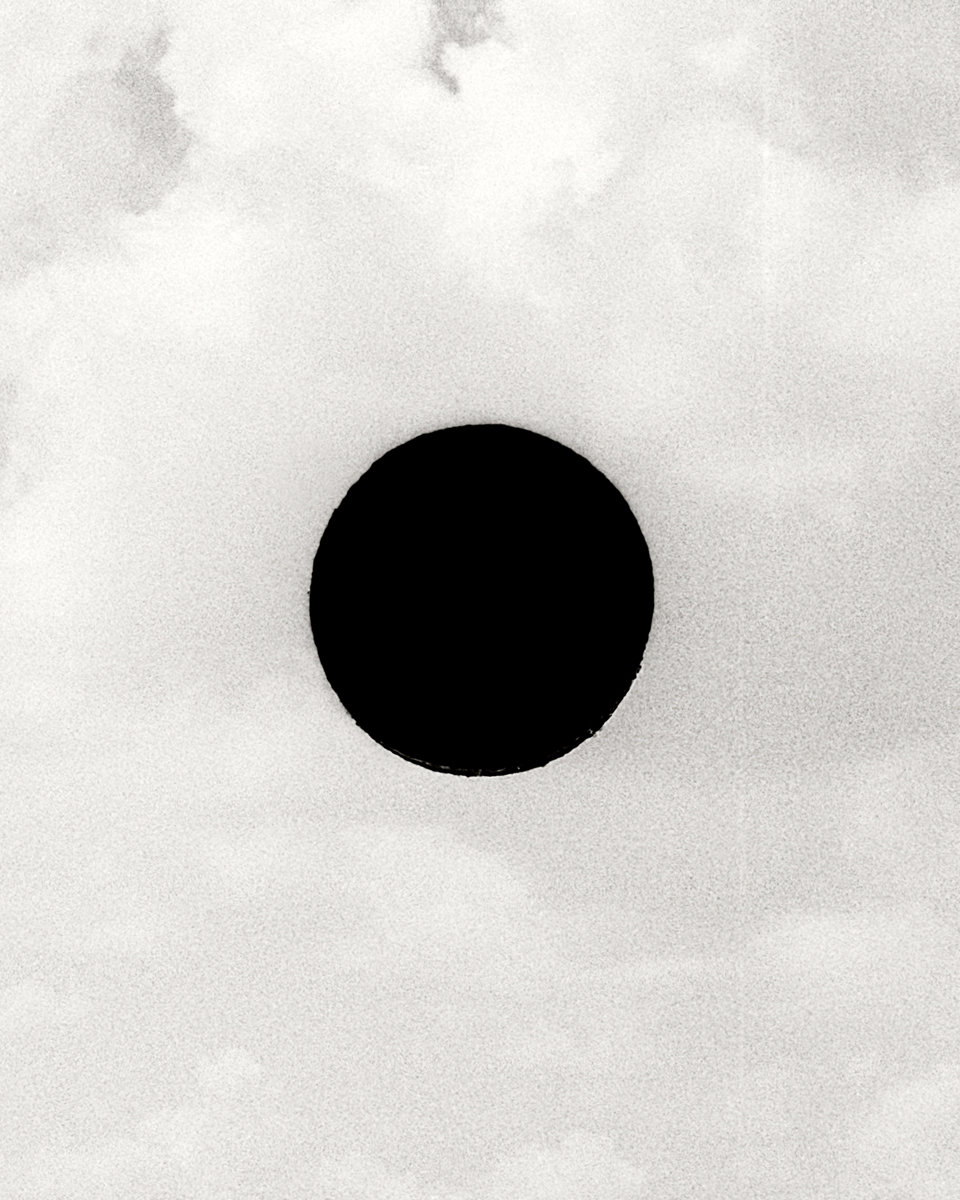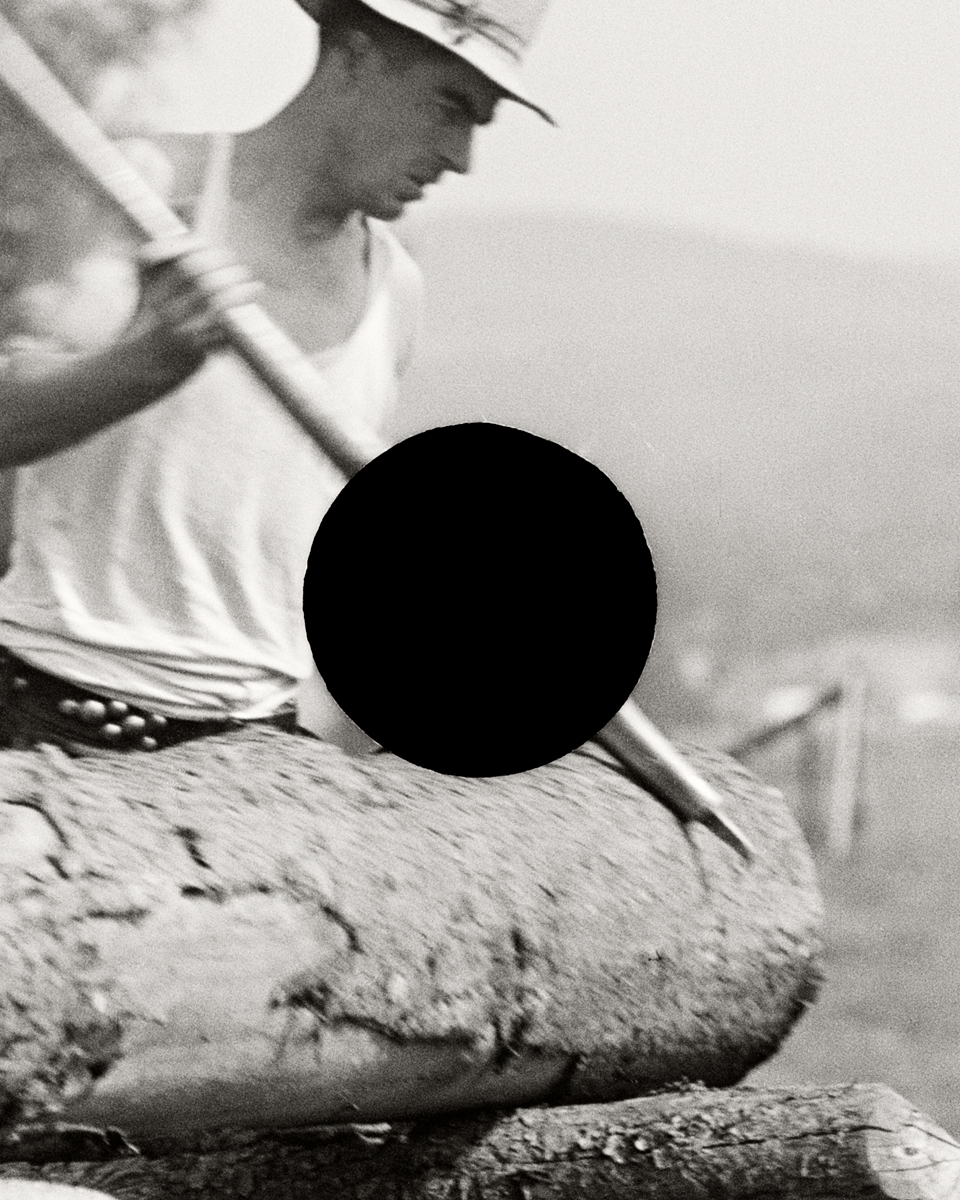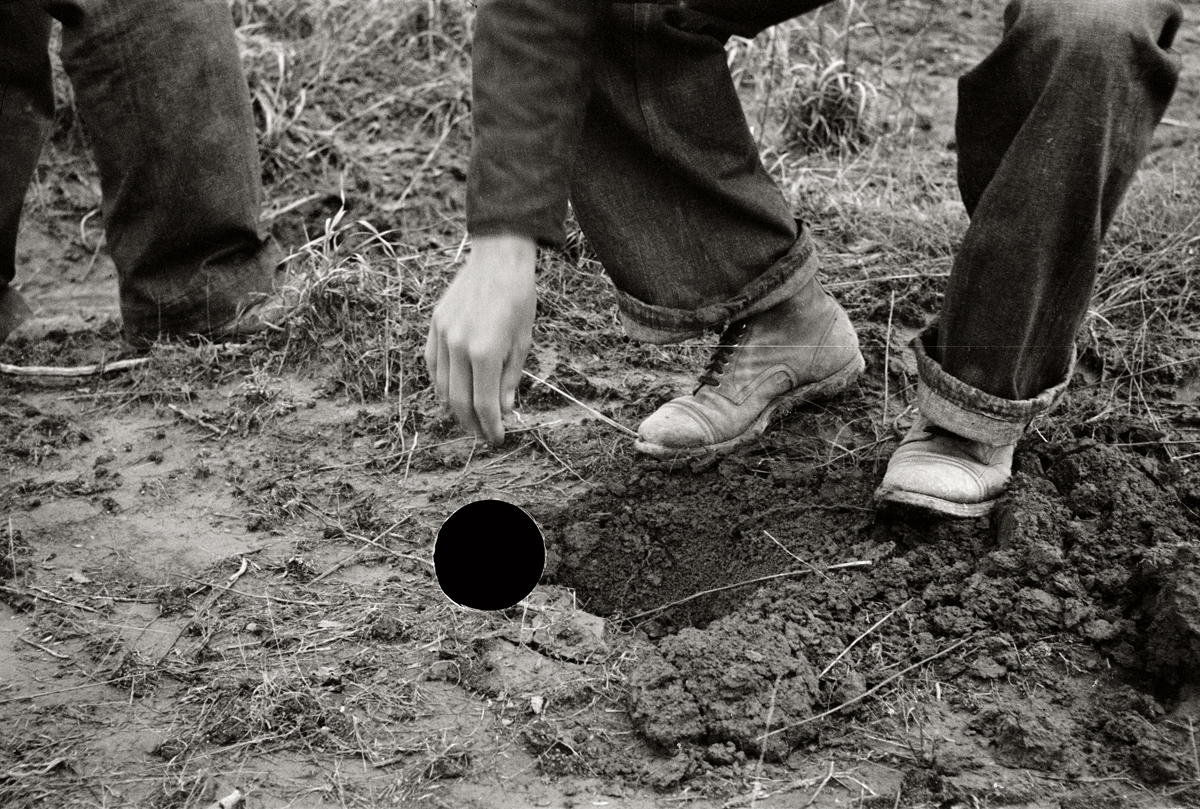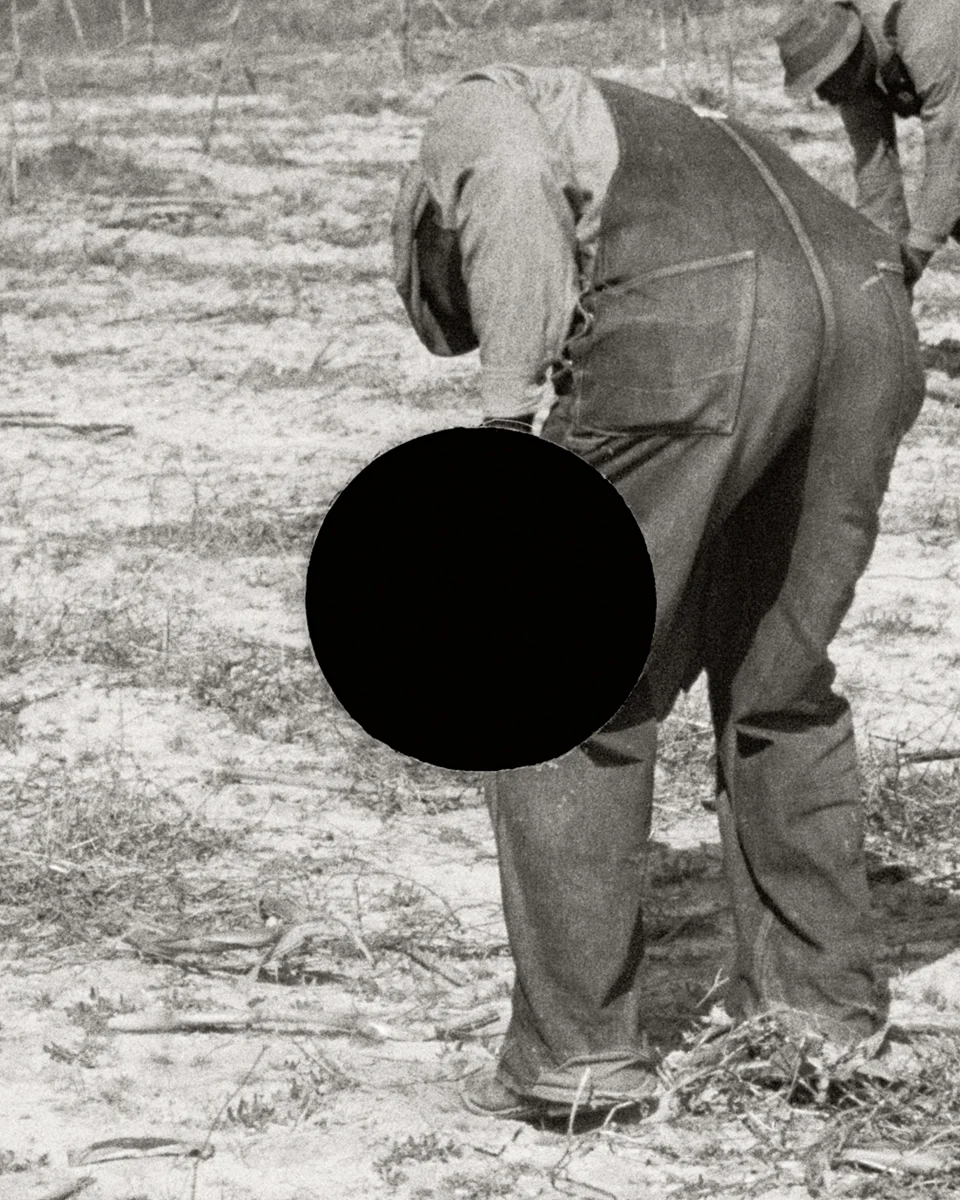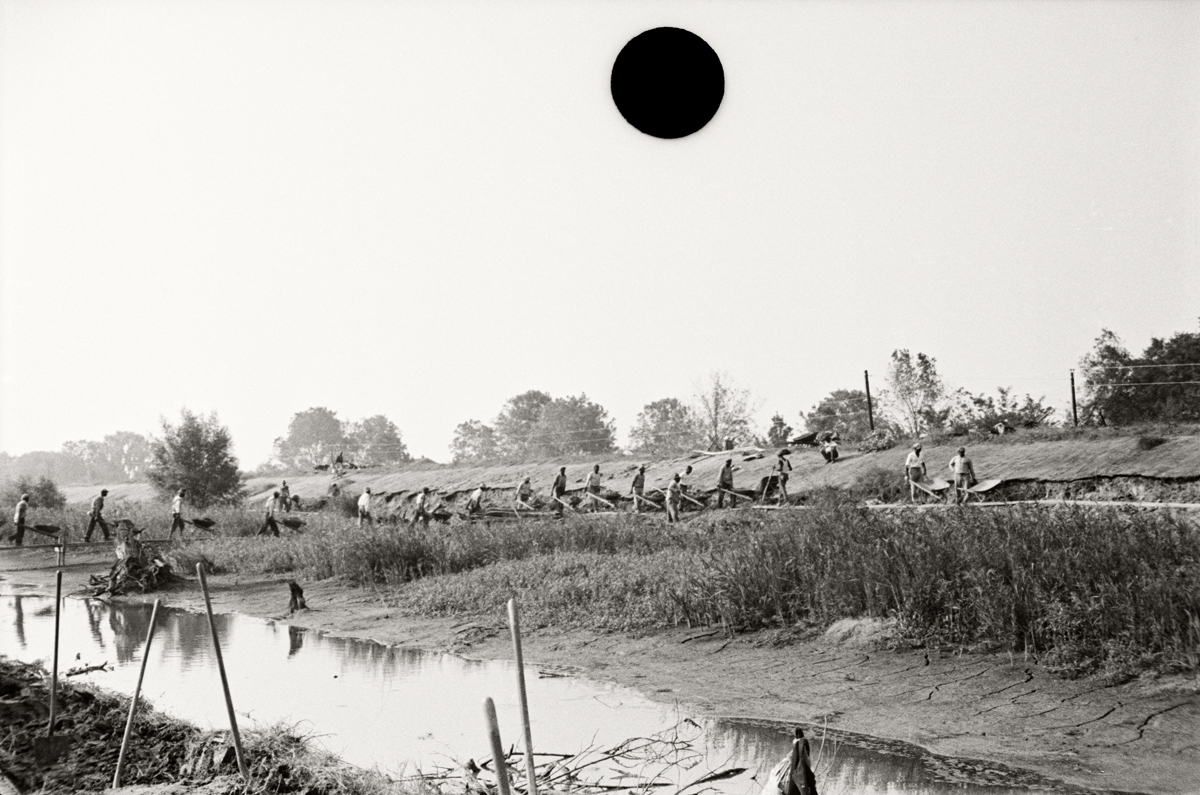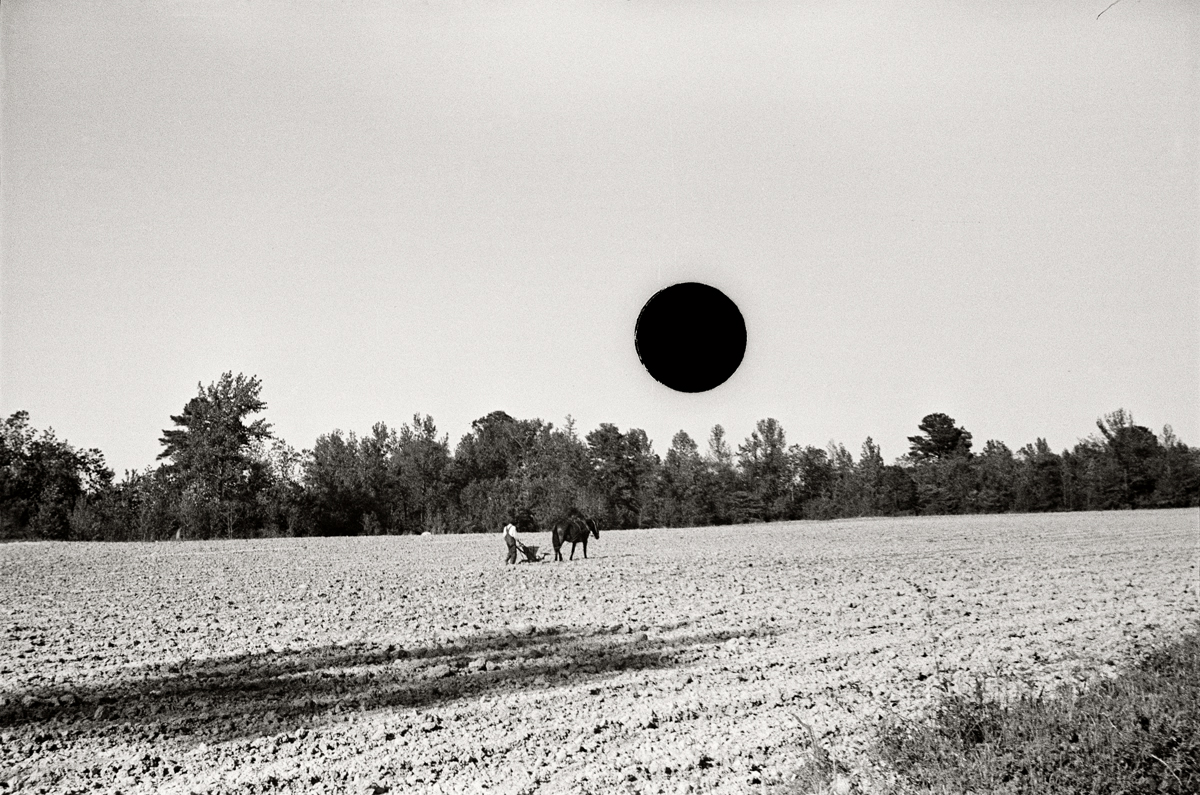Ground
The hole is a mark.
The photographs in Ground are taken from an archive of 145,000 images made from 1935-1943 for the Farm Security Administration (FSA), a New Deal agency located within the Department of Agriculture. According to the Library of Congress, where the collection now resides, the FSA “project initially documented cash loans made to individual farmers by the Resettlement Administration and the construction of planned suburban communities. The second stage focused on the lives of sharecroppers in the South and migratory agricultural workers in the midwestern and western states. As the scope of the project expanded, the photographers turned to recording both rural and urban conditions throughout the United States as well as mobilization efforts for World War II.”
The FSA photography division was run autocratically by Roy Stryker, who hired photographers, compiled shooting scripts, and made photographs available for newspapers, magazines, brochures, books, and governmental publications. He also routinely damaged FSA negatives with a hole punch to prevent them from being printed. Some of the negatives he punched (referred to by the FSA as “killed”) were poor exposures or had been ruined already by faulty development in the government labs, while others had no technical flaws.
More than 70,000 of the FSA photographs have been digitized by the Library of Congress and are available for online viewing and downloading. Many killed negatives can be found among the online catalogued photographs but the total number that exists in the collection is not known.
It is likely that Roy Stryker’s use of a hole punch was strictly utilitarian and that his only goal was to destroy undesirable negatives. But in his act of censorship Stryker wrested the photograph from its maker and unwittingly created a new picture. One that belonged neither to the mission of the photographer or the FSA. And one with great potential for abstraction.
On the photographic negative the punched hole is nothing but a round-shaped bit of air. Yet when printed it becomes a mark. It occupies and disturbs space. It obstructs, floats, excises, and dominates. In spite of its origin, I see the hole as having a contemporary bearing; it looks like a recent mark made knowingly and current with the practice of intervention, alteration, and appropriation.
Each photograph in Ground is the result of 3 separate acts of picture-making: the original photographer’s deliberate compositional and contextual choices, Stryker’s hole punch, and my re-contextualization. Since one can’t assign sole authorship to these photographs, it’s possible to view this project as an interactive body of work influenced both by photographic conventions of the 1930s and today.
With its appearance of contemporaneity the black hole instills in the killed negatives a temporal duality and, like a portal, it connects us to post-Depression America. By narrowing the scope of photographs to that of land and agriculture I’ve tried to construct an elemental relationship with the 1930s through our common reliance on the soil. In our struggle to recover from 2008’s Great Recession these photographs speak to now even as they confer on past government programs, race and class, damaged and bountiful land, drought, flood, and exodus. Starting over. Repeating the past.
My selection of killed negatives is highly specific and does not represent the scope of the FSA photographic record. It is non-comprehensive in the photographers chosen, the breadth of their subject matter, and the geographic locations in which they worked.
The majority of killed negatives in the Library of Congress files are listed as untitled, un-credited, and undated. In most cases it was straightforward to determine who made the photograph and its date and location by searching through nearby captioned images. Whenever possible, I have included the caption from a similar frame of film. The photographers represented in this book are Paul Carter, Walker Evans, Theodor Jung, Russell Lee, Carl Mydans, Arthur Rothstein, Ben Shahn, John Vachon, and Marion Post Wolcott.
Bill McDowell
Ground was published by Daylight Books in 2016, with an essay by Jock Reynolds, Director of the Yale University Art Gallery, contributions from Rosanne Cash and Wendell Berry, and an interview conducted by D.J. Hellerman, Curator and Director of Burlington City Arts.




